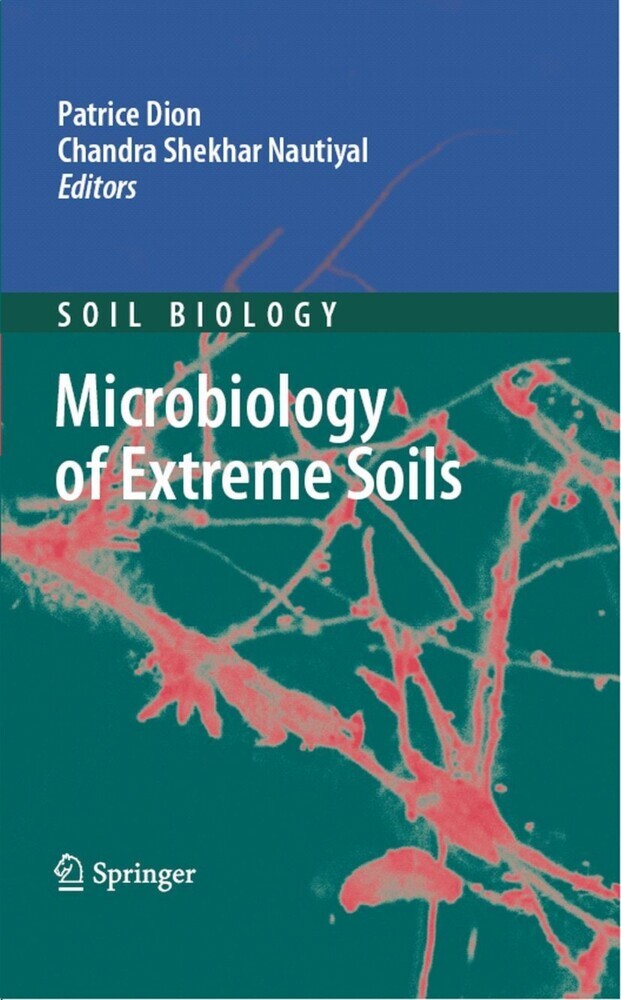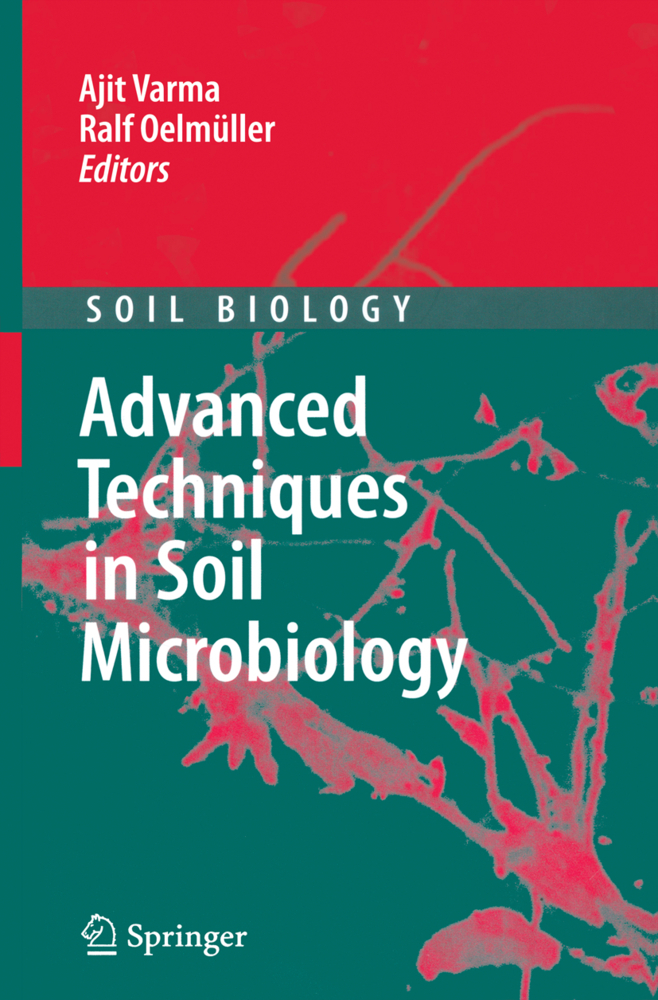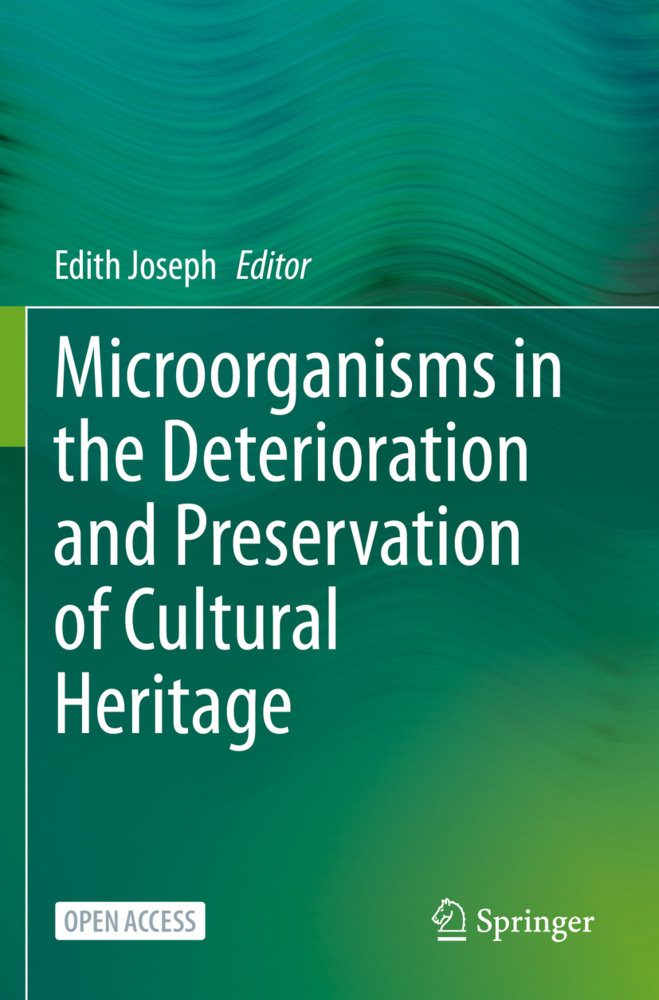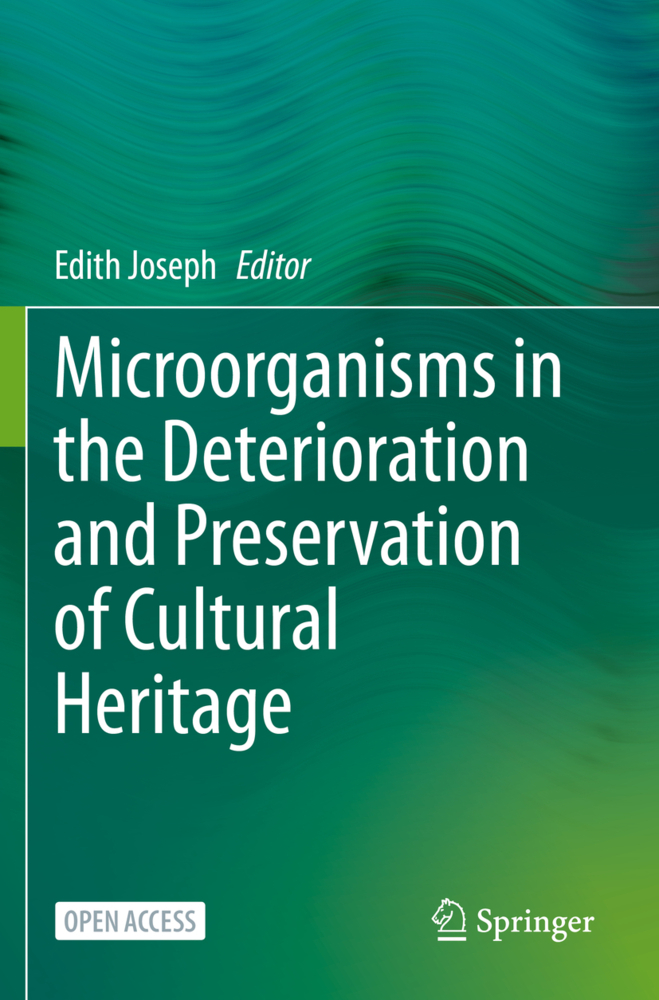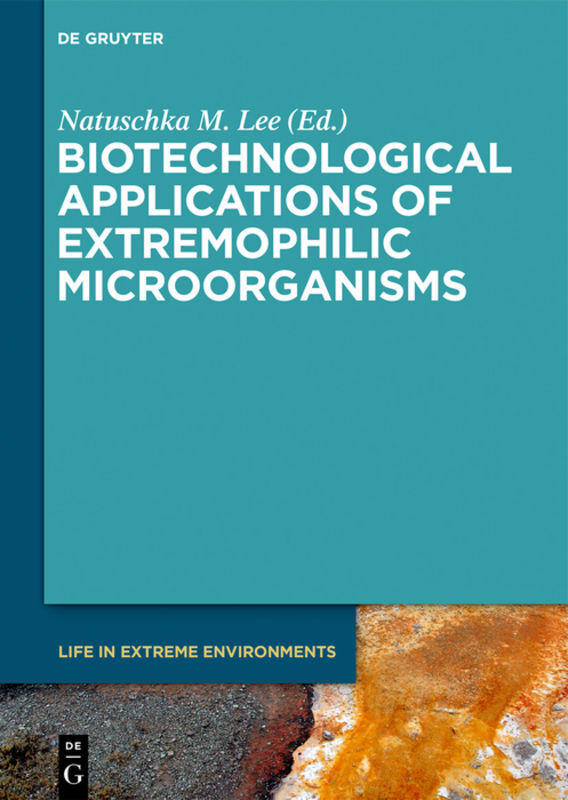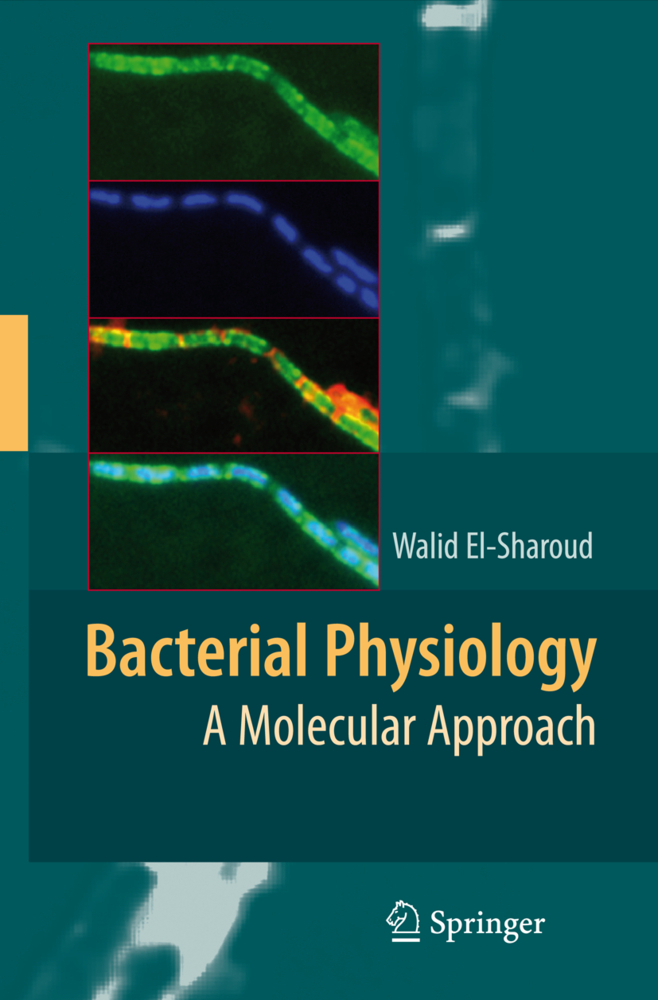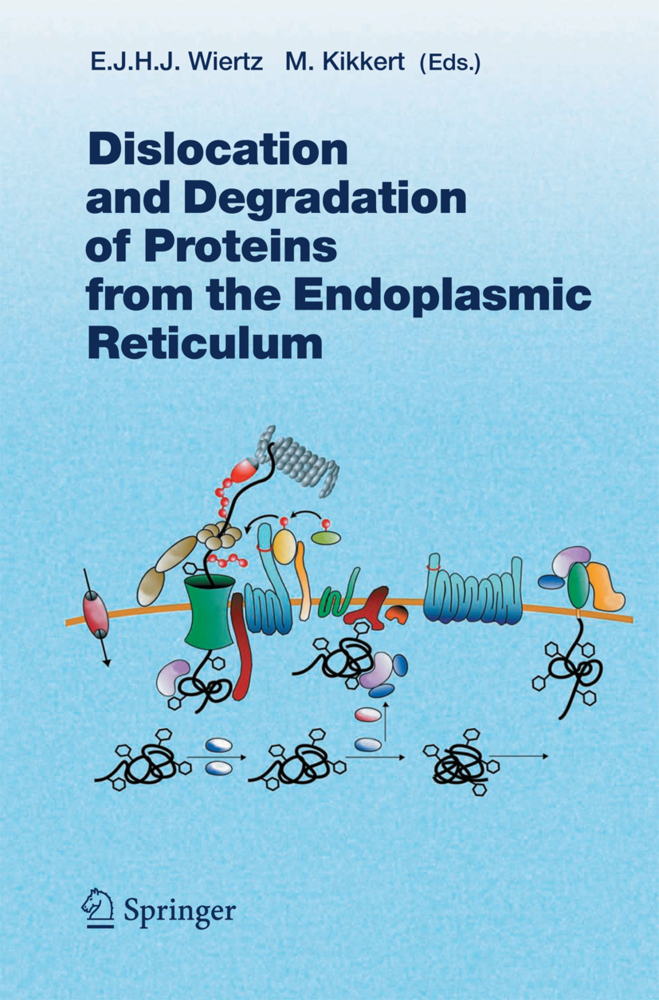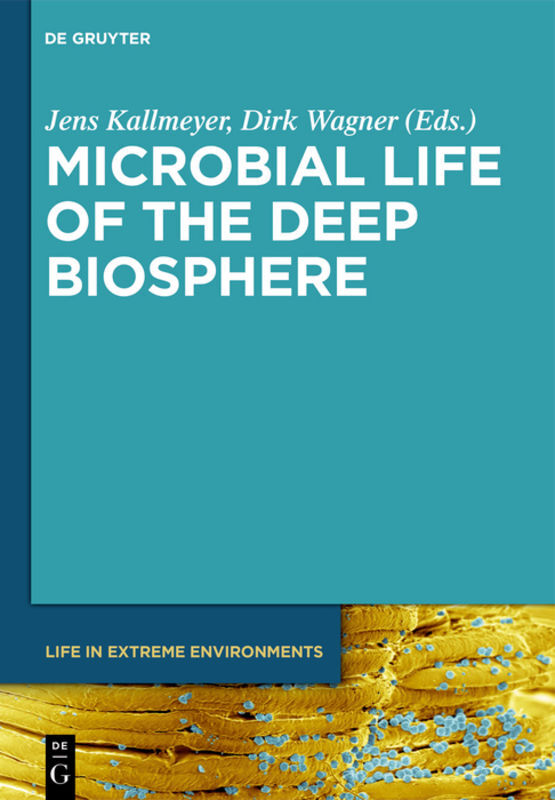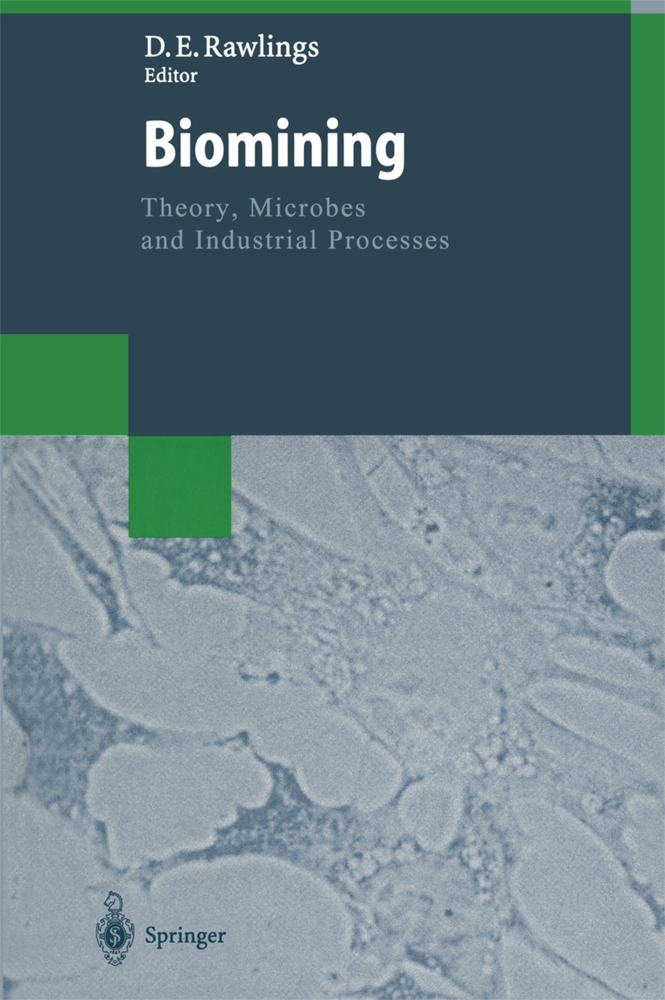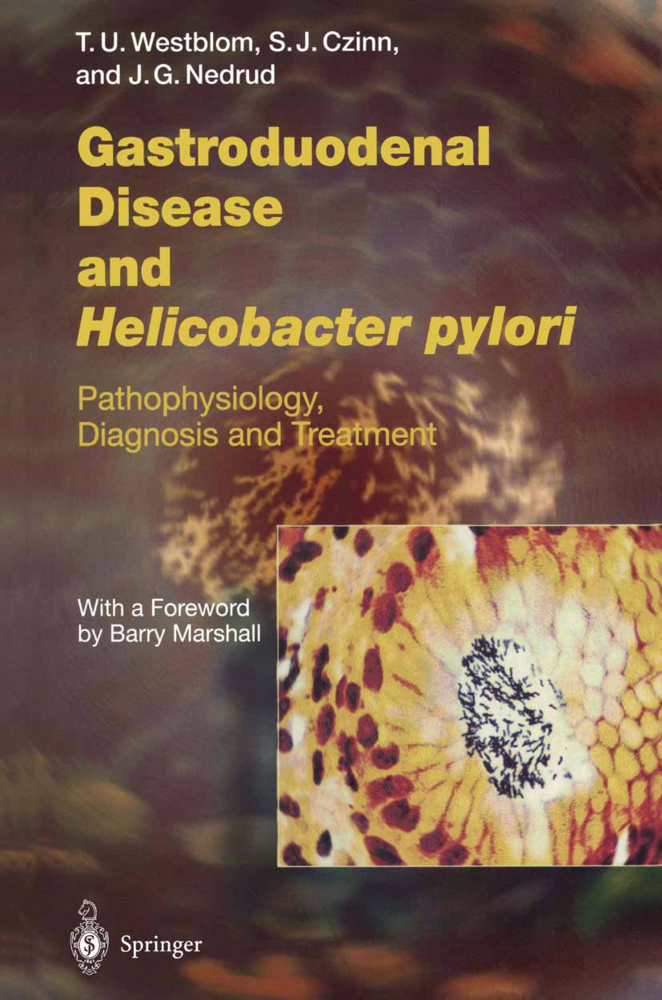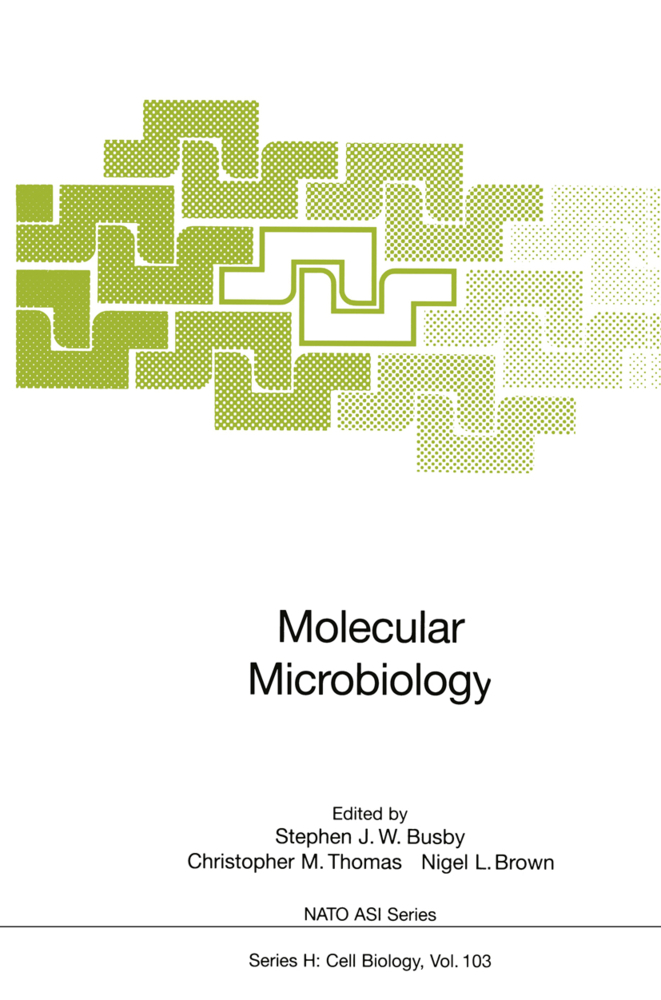This volume provides a comprehensive coverage of the principal extreme soil ecosystems of natural and anthropogenic origin. Extreme soils oppose chemical or physical limits to colonization by most soil organisms and present the microbiologist with exciting opportunities.
Described here are a range of fascinating environments from permafrost to Martian soils. The book includes chapters on basic research in addition to applications in biotechnology and bioremediation.
1;Foreword;6 2;Preface;7 3;Contents;10 4;Contributors;12 5;Principles of Extreme Soil Microbiology;17 5.1;The Microbiological Promises of Extreme Soils;18 5.1.1;1.1 Introduction;18 5.1.2;1.2 Extreme Soils and Microbial Community Structure and Evolution;19 5.1.3;1.3 Extreme Soils and Microbial Physiology;20 5.1.4;1.4 Microbial Functions in Extreme Soils;21 5.1.5;1.5 Practical Value of Extreme Soils;21 5.1.6;1.6 Extreme Soils and the Boundaries of Life;22 5.1.7;1.7 Extreme Soils and Our Past;24 5.1.8;1.8 Extreme Soils and Our Future;25 5.1.9;References;26 5.2;Microbial Diversity, Life Strategies, and Adaptation to Life in Extreme Soils;29 5.2.1;2.1 Introduction: What Is an Extreme Environment?;29 5.2.2;2.2 Physicochemical Factors Limiting to Life;32 5.2.3;2.3 Soil as Habitat for Micro-Organisms;40 5.2.4;2.4 Extreme Soils;42 5.2.5;2.5 Microbial Diversity and Community Structure in Extreme Soils;46 5.2.6;2.6 Conclusions: The Significance of Studying Extremophiles in Soil;51 5.2.7;References;52 5.3;Extreme Views on Prokaryote Evolution;58 5.3.1;3.1 Introduction;58 5.3.2;3.2 Scope and Limitations of This Review;59 5.3.3;3.3 Selection as It Occurs in the Laboratory and in the Real World;60 5.3.4;3.4 Bacteria in Soils, a Substrate for Evolutionary Change;61 5.3.5;3.5 The Context of Extreme Soils;69 5.3.6;3.6 The Extreme Soil Adaptive Landscapes;71 5.3.7;3.7 Conclusions;76 5.3.8;References;76 5.4;Biodiversity: Extracting Lessons from Extreme Soils;84 5.4.1;4.1 Introduction;84 5.4.2;4.2 Lesson One: Biodiversity in Soils Is Hidden;86 5.4.3;4.3 Lesson Two: Soil Species Have More Than One Survival Strategy;87 5.4.4;4.4 Lesson Three: Extreme Soils Are Ecosystems;88 5.4.5;4.5 Lesson Four: Soils Are Major Drivers of Biodiversity;90 5.4.6;4.6 Lesson Five: Global Changes Are Rapidly Changing Soils;92 5.4.7;4.7 Conclusions;93 5.4.8;References;94 6;Natural Extreme Soils;98 6.1;Halophilic and Halotolerant Micro-Organisms from Soils;99 6.1.1;5.1 Introduction;99 6.1.2;5.2 Microbial Diversity;100 6.1.3;5.3 Halophilic Micro-Organisms from Soils;103 6.1.4;5.4 Biotechnological Applications;113 6.1.5;5.5 Conclusions;117 6.1.6;References;118 6.2;Atacama Desert Soil Microbiology;128 6.2.1;6.1 Introduction;128 6.2.2;6.2 Atacama Soil Organics;130 6.2.3;6.3 Isolation and Detection of Heterotrophic Bacteria;133 6.2.4;6.4 Cyanobacteria-Dominated Microbial Consortia;135 6.2.5;6.5 Patchiness of Transition from High- to Low-Density Populations;139 6.2.6;6.6 Relevance to Exobiology;139 6.2.7;6.7 Conclusions: NASA-Supported Research in the Atacama Desert;140 6.2.8;References;141 6.3;Microbial Communities and Processes in Arctic Permafrost Environments;144 6.3.1;7.1 Introduction;144 6.3.2;7.2 The Permafrost Environment;146 6.3.3;7.3 The Permafrost Microbiota;150 6.3.4;7.4 Role and Significance of the Microbiota;157 6.3.5;7.5 Conclusions: Future Directions for Research;160 6.3.6;References;161 6.4;Aerobic, Endospore-Forming Bacteria from Antarctic Geothermal Soils;166 6.4.1;8.1 Introduction: Taxonomy of Bacillus Species and Related Genera;166 6.4.2;8.2 Habitats of Thermophiles;169 6.4.3;8.3 Antarctic Geothermal Soils;170 6.4.4;8.4 Endospore Formers from Antarctic Geothermal Soils;175 6.4.5;8.5 Adaptations for Growth at High Temperatures;179 6.4.6;8.6 Nutrition and Growth Conditions of Thermophiles;181 6.4.7;8.7 Conclusions;182 6.4.8;References;182 6.5;Peatland Microbiology;187 6.5.1;9.1 Introduction;187 6.5.2;9.2 General Description of Peatlands;187 6.5.3;9.3 Cycles in Peatlands;192 6.5.4;9.4 Diversity of Organisms Colonizing Peatlands;194 6.5.5;9.5 Conclusions;209 6.5.6;References;209 6.6;Subsurface Geomicrobiology of the Iberian Pyritic Belt;214 6.6.1;10.1 Introduction;214 6.6.2;10.2 The Río Tinto Ecosystem;215 6.6.3;10.3 Geomicrobiology of the Iron Cycle in the Río Tinto Ecosystem;216 6.6.4;10.4 Subsurface Geomicrobiology of the Iberian Pyritic Belt;219 6.6.5;10.5 Conclusions;229 6.6.6;References;230 6.7;The Potential for Extant Life in the Soils of Mars;233 6.7.1;
Dion, Patrice
Nautiyal, Chandra Shekhar
Rummel, John D.
| ISBN | 9783540742319 |
|---|---|
| Artikelnummer | 9783540742319 |
| Medientyp | E-Book - PDF |
| Auflage | 2. Aufl. |
| Copyrightjahr | 2007 |
| Verlag | Springer-Verlag |
| Umfang | 369 Seiten |
| Sprache | Englisch |
| Kopierschutz | Digitales Wasserzeichen |

